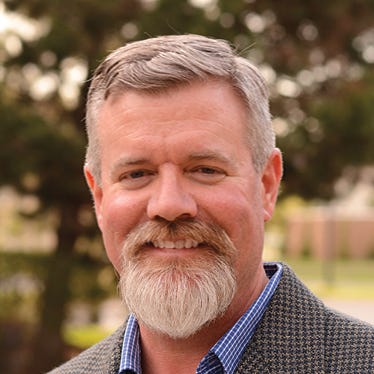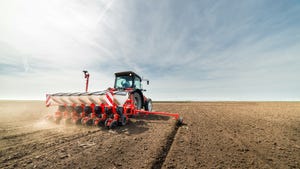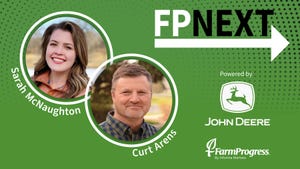
Kirk Brock says he’s never going back to a conventional tillage system on his family farm near Monticello, Fla. It’s conservation tillage or nothing for his entire farm.
“To me, traditional conventional tillage farming systems are more of a hope and a prayer that it rains in this area,” said Brock in a USDA Natural Resources Conservation Service video.
Kirk farms with his father, Gene, 1,000 acres of corn, soybeans and peanuts for candy in Jefferson County, Fla., near the Georgia-Florida line. He uses no-till on all of the acreage and grows multiple cover crops, particularly high-residue rye to create big biomass.
Check current soybean futures prices
“The conservation tillage with high-residue cover crop allows us not to worry about so much the rainfall events. We know there going to come, and if they do come, and if they are really intense, we can hold that water on the hillsides and get it to percolate into the soil profile,” he said.
The region is notorious for sandy top soils with low fertility. As far as nutrient management, he feels that he isn’t losing any nutrients to leaching, which is a big concern in his part of north Florida where 60 inches of rain falls annually. He doesn’t disturb beneficial microbes in his soil, leading to healthier soils.
“Once you convert to a conservation tillage system then you grow a lot of cover crops and you will not be interested in going back to conventional farming,” he said. “If I had to go back to conventional farming, I would just quit and go do something else.”
Check current corn futures prices
About the Author(s)
You May Also Like






